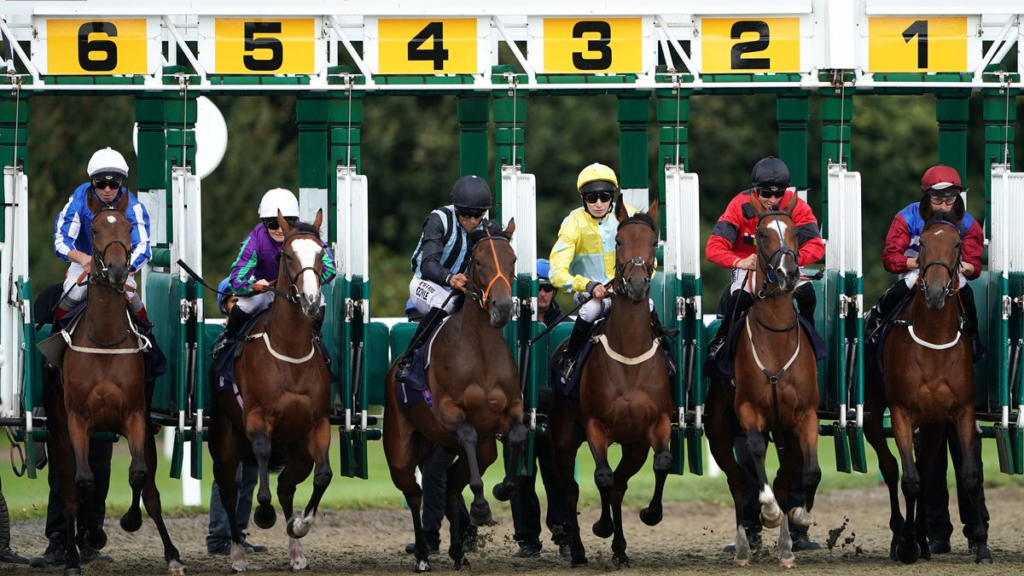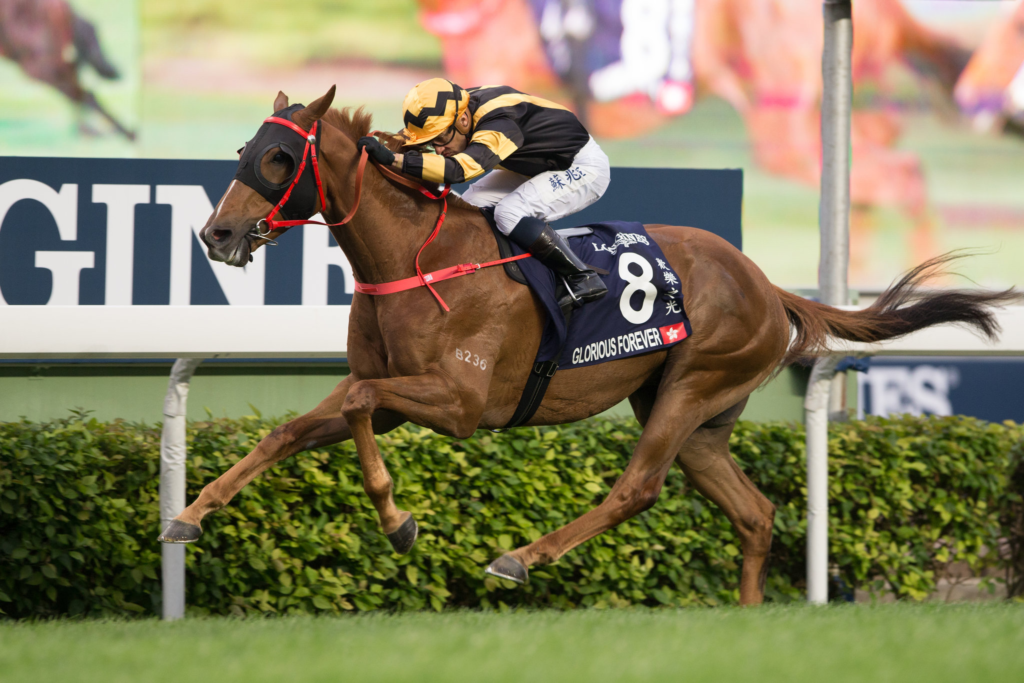Whether you buy a physical racecard at your favourite store or utilise the online racecard on your favourite website, the information that will be displayed will be similar. The names of the horses, trainers, and jockeys will be displayed per race, as well as the form of each horse and its barrier position.
All the horses displayed in the racecard have been nominated and then accepted at the final declaration stage by their respective trainers to run in those races. However, many races have too many nominations and acceptances, and then horses have to be eliminated from final acceptances based on the Rules which are set in the Horse Racing Administration Manual within the Jockey Club Rules of Racing.
How does Balloting work in Horse Racing? Balloted out’ refers to the situation in which the number of horses engaged to compete in the race at the final declaration stage exceeds the maximum field size permitted for safety reasons. In Maiden Races the Balloting procedure is random, whereas in Handicap races which horses will run in a race will be determined according to their British Horse Racing Authority official rating.
There are many subsections in the Balloting Procedures section of the Horse Racing Administration Manual, but the rule to which most trainers, owners, and punters allocate their time is Part A, which deals with Balloting Procedures for Flat Races. To understand the Balloting process, reviewing the various Class Levels and how their official Handicap Ratings overlap are imperative.

Class Rating – Upper and Lower Ratings of Each Class
Class 1
The Official Rating of a horse will be used to decide which class it may compete in. Official Ratings 96+ for Class 1. Classics are included, and they are grouped into Groups 1, 2, and 3 with these races being reserved for the horses with exceptional ability, evidenced by how many races and how much stake money they have won in their career.
Below these horses are the horses that are still good but of marginally lesser ability. These Classes are detailed below:
Class 2 – Official ratings vary from 86 to 100, 91 to 105, and 96 to 110.
Class 3 – Official ratings for Class 3 vary from 76-90 to 81-95.
Class 4 – Official ratings for Class 4 vary from 66-80 to 71-85.
Class 5 – Official ratings for Class 5 vary from 56-70 to 61-75.
Class 6 – Official ratings for Class 6 vary from 46-60 to 51-65.
Class 7 – Official ratings for Class 7 vary from 0-45.
The Rules of Schedule A of the Balloting Process
Part A of this Schedule applies to all flat race Handicaps excluding Heritage Handicaps, Nursery Handicaps, and other flat race Handicaps having an advertised rating range of more than 20lb.
Elimination (Balloting) will take place in the following order:
1.2.1 Horses rated 1lb or 2lb above the upper rating limit Per Class Level for Classes One to Seven given in the race regulations, with horses rated 2lb over the higher rating limit removed first, followed by horses rated 1lb over the upper rating limit. Horses with the same weight will be eliminated in the stated ascending order, decided by random balloting.

1.2.2 Any horse entered that is below the lower rating range specified in the race regulations unless it has been allocated a penalty (it had been entered in a race in addition to the current race nomination it had won this race hence the penalty) that puts it inside the race’s rating range.
Furthermore, the horses with the lowest ratings will be removed first, and when it is essential to delete some but not all horses with the same rating, random balloting will be used. If a horse has received a penalty, the amount of the penalty (the race it had won before this race) must be added to the Handicap Rating to determine the elimination sequence.
1.2.3 Horses with the lowest weights (the lowest ratings in that particular race) and horses that have received a penalty that brings them within the rating range of the race – starting at the bottom of the list but neglecting horses who have received penalties unless it is required to remove these horses at their new weights.

1.2.4 Horses with the same weights (Horses with identical Ratings) – If it is necessary to remove some but not all horses with the same weights, those with penalties will be eliminated first (as the only reason they have the same rating is because of the race they had recently won), followed by those without penalties in the stated ascending order, chosen by random balloting.
1.3 Horses with the same weight and a Handicap Rating of 45 ( a very low Rating which unfortunately means the horse is not very good) or less will be published in decreasing rating order, with the order for horses with the same rating selected by random balloting.
A Horses Journey – Nomination, Final Declaration, and sometimes Balloting
Every trainer, owner, and jockey who is part of the Horse Racing fraternity wants to train, own or ride the Group One, Two, or Three winners. However the remainder of the different Classes of Races also have horses that are not as good participating in them, and they also have their trainers, owners, and jockeys who ride them.
No matter the Class Level of the horse, all horses who have won races (those horses not running in Maiden Races) will have an official Handicap Rating. All these horses will be nominated for race meetings, will be Declared to run in a race by the trainer, and will be Balloted from the Race.

This will happen on numerous occasions during a horse’s lifetime but will be a small percentage compared to the number of times that the declaration will be accepted and the horse will run in a race.
It is then the responsibility of the trainer to ensure that the horse is Race Ready (ready to run the best race possible depending on the various factors that are prevalent on Raceday) when race time arrives. Whether the horse is running in a Group Race or a Class Level below Group status, the owner will expect that the trainer and jockey will collaborate to ensure that the horse runs the best race possible, the pinnacle being that the horse crosses the finishing line ahead of all of its rivals.

